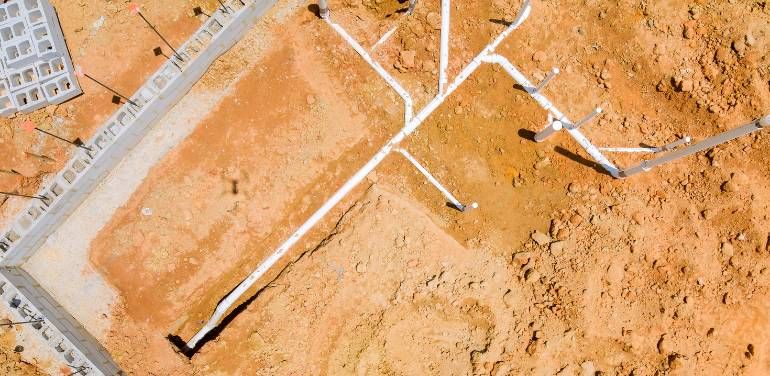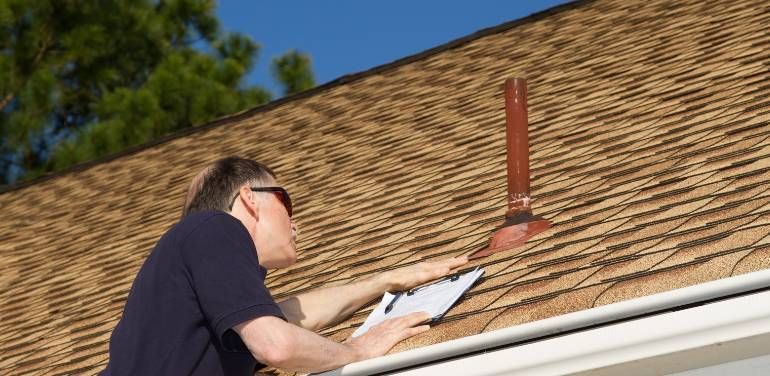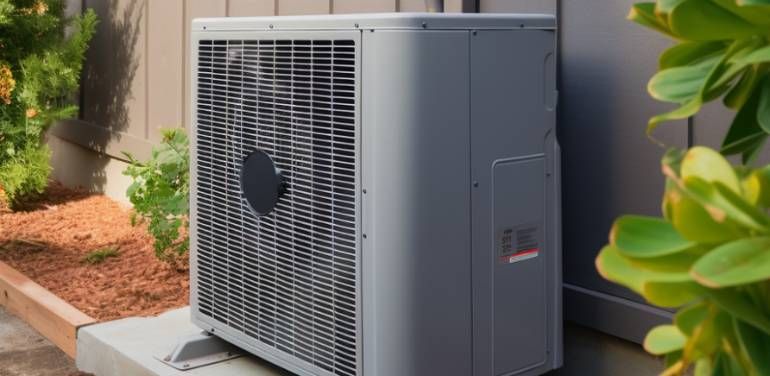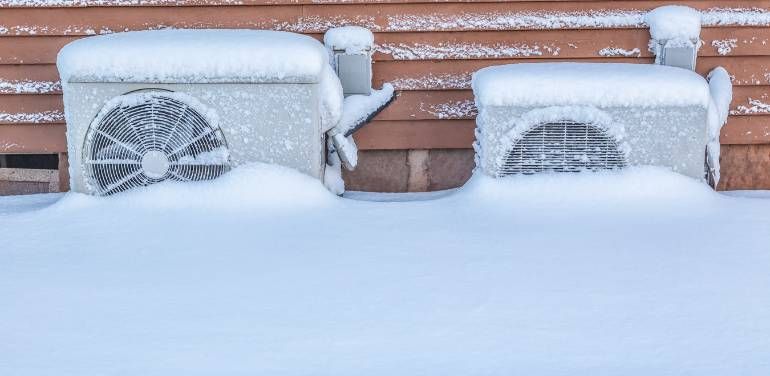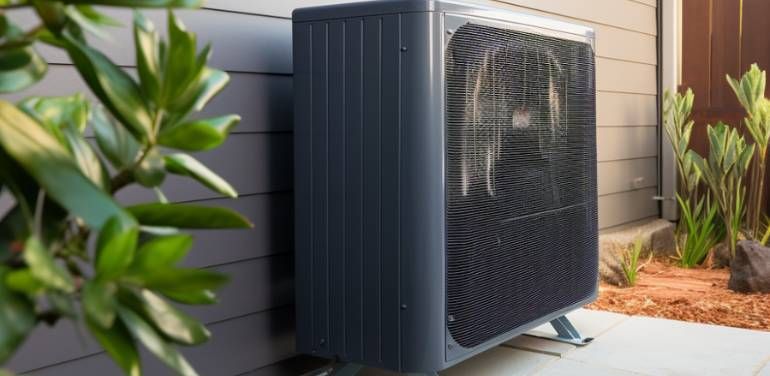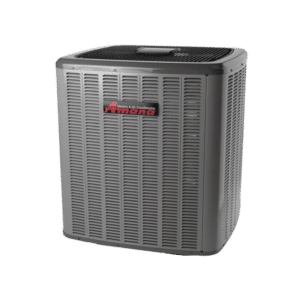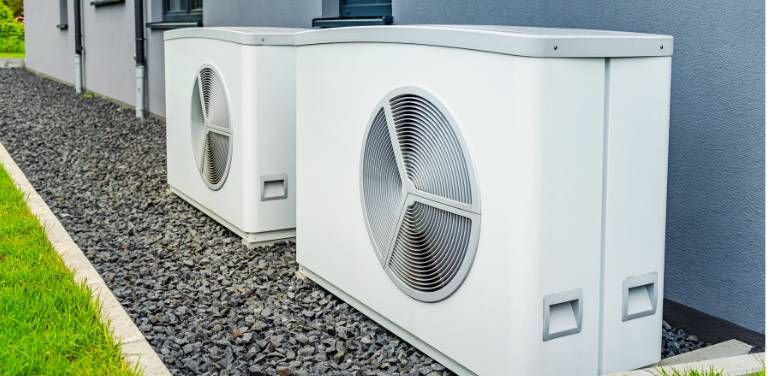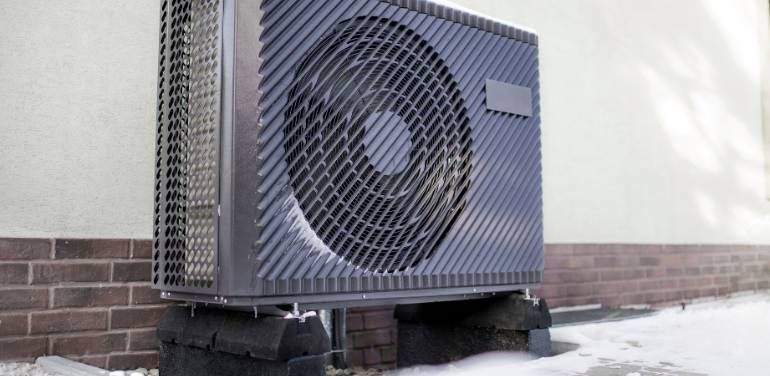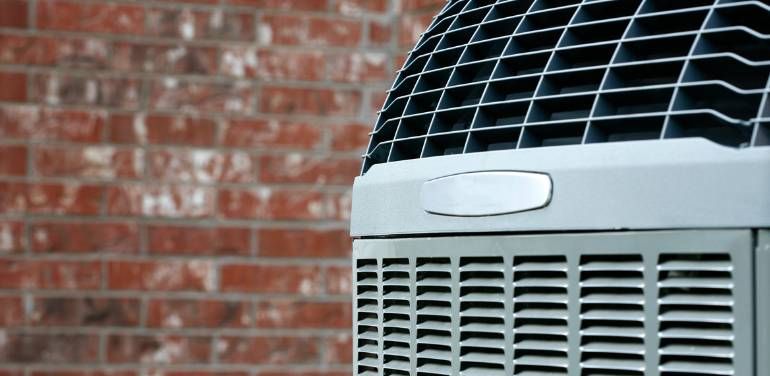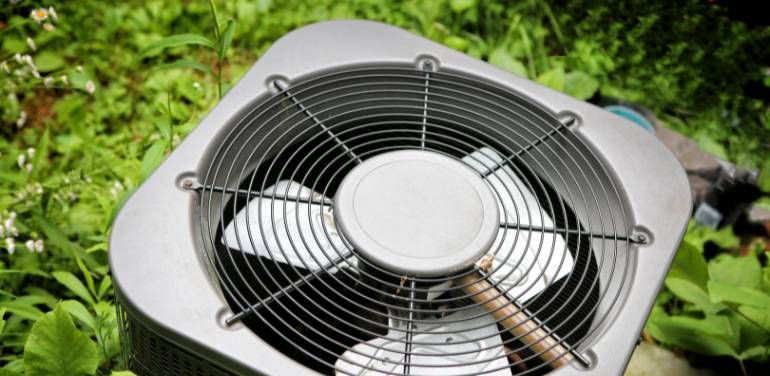What is a plumbing stack?
What is a plumbing stack?
The plumbing stack is the main artery of your home’s drainage system. Problems with the stack can cause problems with the rest of the plumbing in your home. All of the fixtures drain to the stack, so if it’s clogged, your fixtures will drain slowly. Clogging in your plumbing stack can be traced by checking if many of your fixtures are draining slowly. If there is, it could very well be a problem with the plumbing stack.
The best way of being able to tell if the plumbing Stack is the root of the problem is to check if they are draining very slowly.
